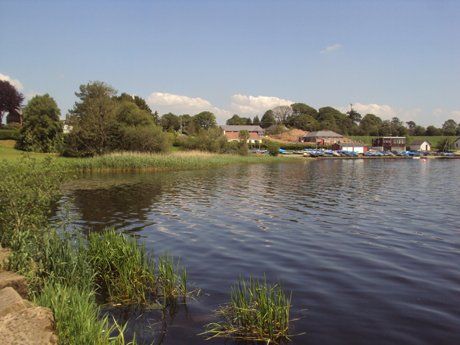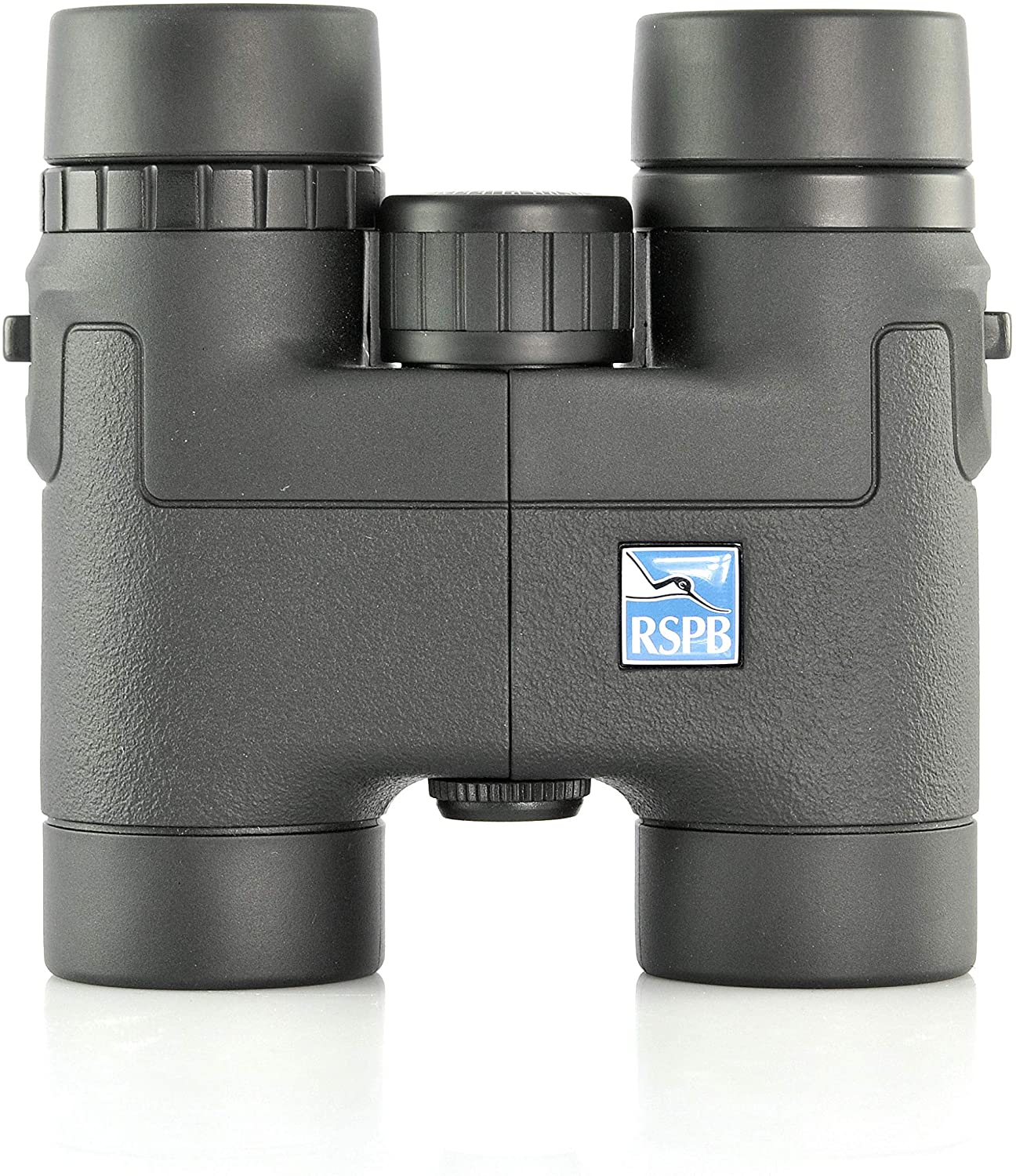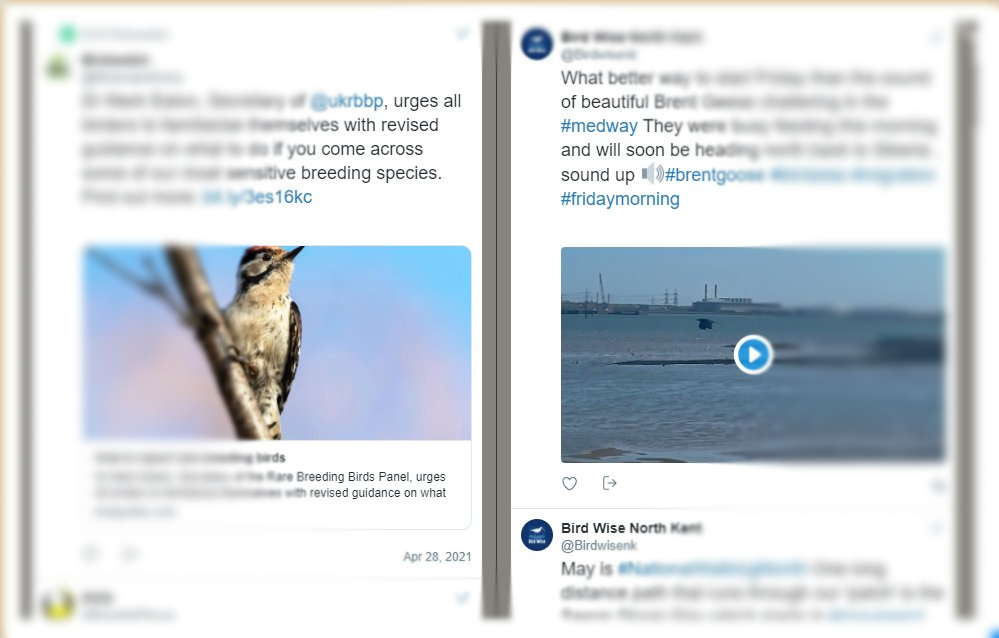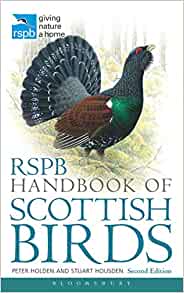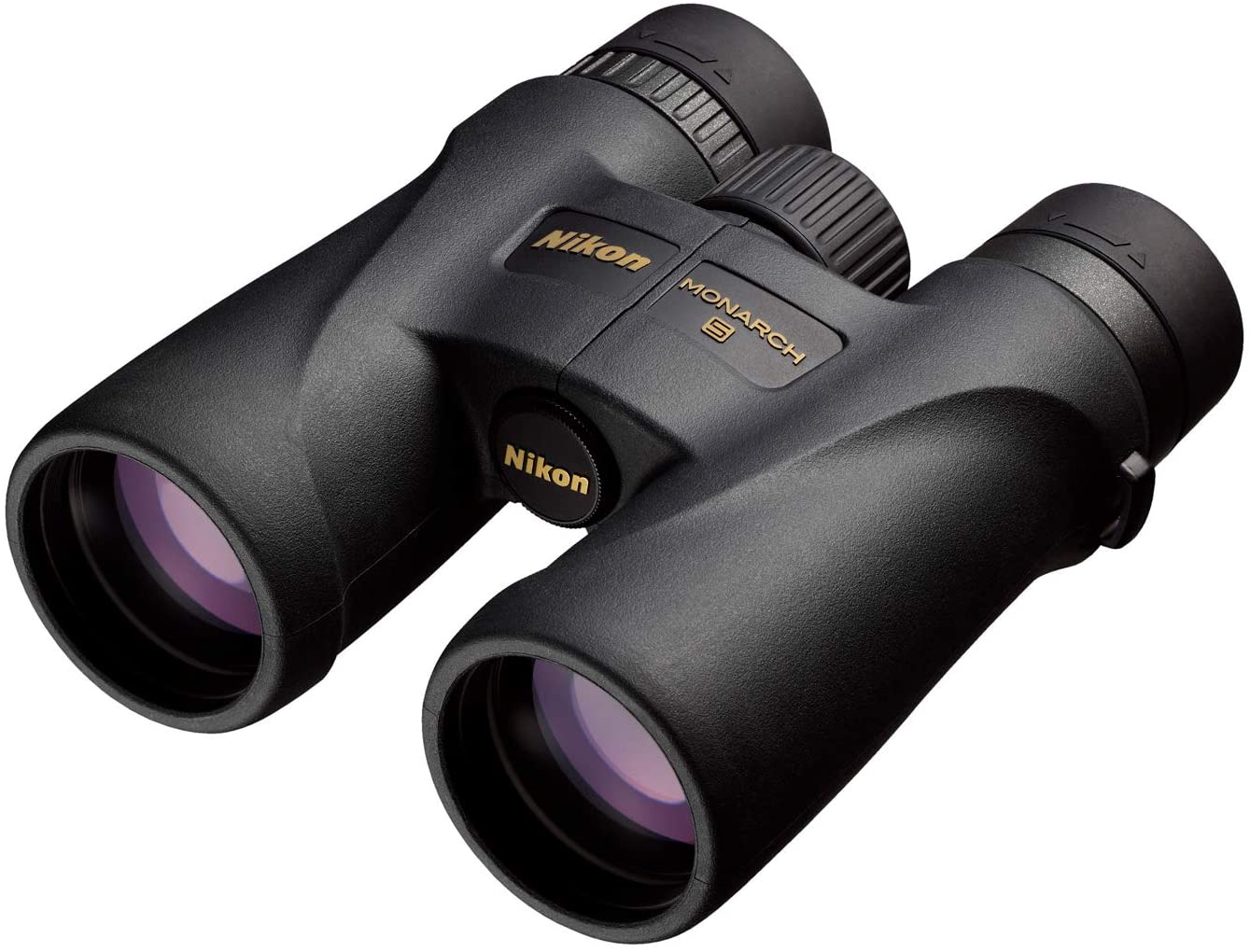Castle Loch is a large freshwater loch that is home to roosting pink footed and greylag geese in the winter. Around Lochmaben Castle there are footpaths, picnic tables and areas to watch birds from. In the summer there is a different variety of birds visitors might see including kingfisher, willow tit and reed warbler (pictured), variable damselfly and other fascinating butterflies. There are really good views available to disabled visitors on the fishing piers just off the A709 and B7020.
Those making a first visit to Lochmaben should concentrate first on the Castle Loch which has a viewpoint on the A709, several more viewpoints down the west side of the loch on the B7020 Lochmaben to Dalton road, and there is a bird hide a short distance from the car park at Lochmaben Castle (no wheelchair access). It is possible to walk right round the loch but there is rather too much unproductive road walking because a detour is needed at the north end to avoid the busy A709. The Kirk Loch can easily be viewed from the east side by taking the footpath southwards from the small caravan site. The Mill Loch has few wildfowl because it is very deep but it does have a pleasant circular path. Access to Hightae Loch is poor but may improve in the coming years.
BIRDS AND OTHER FEATURES
At the start of spring, about mid March, the Lochmaben lochs are one of the best places to seek out early sand martins, the first of the returning summer migrants. About this time curlew pass through on their way northwards; sometimes hundreds are present in the fields or calling overhead. In early May, especially if the weather is bad, there are sure to be sand martins, swallows and swifts feeding low above the water, sometimes in huge numbers. May is also a good month to search for black terns and garganey.
During the breeding season the lochs support great crested grebe, mallard, mute swan, coot, moorhen and the occasional shelduck and Canada goose. The reedbeds around the lochs provide breeding habitat for reed buntings and sedge warblers and, in recent years, a few pairs of reed warblers have bred at Castle Loch, having recently spread northwards into Scotland. The surrounding woodlands hold nesting treecreepers, willow warblers and various tits including several pairs of willow tits that nest in the rotting stumps of alder trees.
During July and August more than a hundred mute swans arrive at Castle Loch to moult. If water levels are low during late summer and early autumn it is worth checking any exposed mud around the shores of the lochs for passage waders. Greenshank, redshank, dunlin, common sandpiper and snipe visit in most years and sometimes ringed plover, green sandpiper, ruff, spotted redshank and bar-tailed godwit. As autumn progresses look for little gulls, black terns and Slavonian grebes, each of which turns up from time to time. During the autumn flocks of swallows and sand martins may roost in the reeds.
Some people consider winter as the best time to visit the Lochmaben lochs. Why not try creeping into the hide on a cold winter morning before first light to see thousands of birds leave their overnight roosts? Clouds of gulls (mostly black-headed and common gulls), smaller numbers of geese, and perhaps a few whooper swans, rise up from the water as the light improves, starlings emerge from the reedbeds and hundreds of rooks and jackdaws make a noisy departure from the woodlands. After this spectacle it is time to search slowly through the remaining waterfowl.
Mallard are most numerous in autumn, particularly on Castle and Kirk Lochs. Teal tend to be commonest during floods but wigeon seldom occur in large numbers unless frozen water forces them from the nearby ox-bow lakes along the River Annan. The numbers of diving ducks varies greatly, but there are usually some pochard, tufted duck and goldeneye present - check both Castle and Kirk Lochs because the latter sometimes has the most ducks. Goosanders peak in February and March, reaching numbers of national importance with more than 100 often present on Castle Loch. Smew are seen almost every winter, usually only single females or immature birds (redheads). Other ducks recorded occasionally include pintail, shoveler, gadwall, long-tailed duck and greater scaup.
A few raptors are usually present in the area, most commonly buzzard, sparrowhawk and kestrel, with peregrine, merlin and goshawk seen much more rarely. Hobby and marsh harrier have occurred very infrequently, and ospreys are still surprisingly scarce here. Tawny owls breed but other owls are seldom seen; you are more likely to hear the sonorous croak of a raven flying overhead.
Flocks of tits can be found in the surrounding woodlands - mainly great and blue tits with smaller numbers of coal and long-tailed tits and the occasional willow tit. Goldcrests, treecreepers and wrens are often found amongst the tit flocks. High in the alders there may be flocks of siskins and lesser redpolls while the beech trees near Lochmaben Castle sometimes attract a few bramblings.
Although birds are the main attraction for many people, it is worth looking out for otters as in recent years they have been seen more and more often during daylight. Despite the amount of water, the lochs are not particularly good for dragonflies - most of the local species do occur, but only in low numbers. The Valison Burn, just east of the bird hide at Castle Loch, is a breeding site for variable damselfly; and migrant hawkers now occur regularly at Lochmaben Castle. Rough ground with tall grasses almost within the centre of Lochmaben, and a few places elsewhere in the vicinity, supports colonies of Scotch Argus butterflies - slightly surprising at this low altitude.
Inset picture: Castle Loch Birdersmarket
We highly recommend the publications below to compliment your visit to this Region.
Back to Dumfries & Galloway Birdwatching sites

